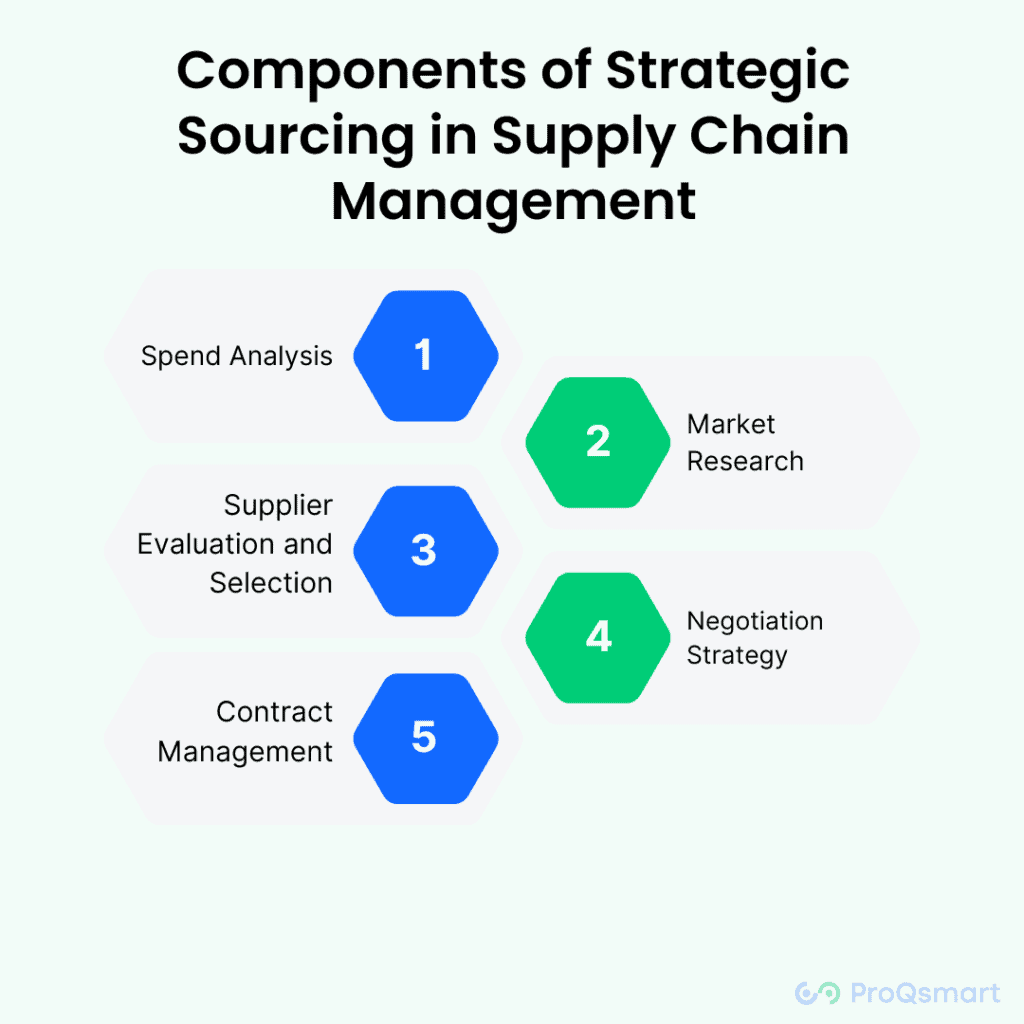Strategic sourcing is a cornerstone of effective supply chain management, impacting everything from cost reduction to quality improvement in procurement processes. This blog post delves into what strategic sourcing really entails within the supply chain, its benefits, and how it can be implemented to drive business success.
What is Strategic Sourcing in Supply Chain Management?
Strategic sourcing is a methodical approach used in supply chain management that emphasizes not just procuring goods at the lowest price but optimizing the entire procurement process. It involves analyzing what an organization buys, from whom, at what price, and at what volume. This strategy aims to leverage company spending power to ensure the best possible value in the supply chain, focusing on total cost of ownership (TCO), supplier relationships, and risk management.
The Importance of Strategic Sourcing
Strategic sourcing is critical for several reasons:
Cost Management: It helps organizations minimize costs while maintaining or improving quality and service.
Supplier Performance: Enhances supplier relationships and performance through careful selection, continuous engagement, and collaboration.
Risk Reduction: Mitigates risks by diversifying the supplier base and implementing robust contracts.
Innovation: Encourages innovation through strategic partnerships with key suppliers, leading to improvements in products and processes.
Components of Strategic Sourcing in Supply Chain Management

Spend Analysis
Gathering and analyzing data on the company’s expenditures to identify strategic opportunities.
Market Research
Understanding current market conditions and how they affect sourcing and pricing strategies.
Supplier Evaluation and Selection
Assessing potential suppliers based on criteria such as price, quality, reliability, and capacity.
Negotiation Strategy
Developing effective negotiation strategies to obtain the best value deals from suppliers.
Contract Management
Managing contracts effectively to ensure suppliers meet or exceed their contractual obligations.
Implementing Strategic Sourcing in Your Organization
To implement strategic sourcing effectively within a supply chain, consider the following steps:
Align with Business Goals: Ensure sourcing strategies support overall business objectives and supply chain goals.
Build a Skilled Team: Assemble a team with strong analytical, negotiation, and relationship management skills.
Leverage Technology: Use advanced procurement and supply chain management software to enhance visibility, efficiency, and decision-making.
Develop Strong Relationships with Suppliers: Focus on building long-term relationships with key suppliers to foster trust and mutual benefits.
Continuous Improvement: Regularly review sourcing strategies and supplier performance to identify areas for improvement and respond to changes in the market.
Conclusion
Strategic sourcing in supply chain management is more than just a procurement strategy; it is a comprehensive approach that requires a deep understanding of the market, a strategic evaluation of suppliers, and effective management of supplier relationships. By adopting strategic sourcing, organizations can achieve significant improvements in efficiency, cost savings, and competitive advantage, ensuring long-term business success and sustainability.


